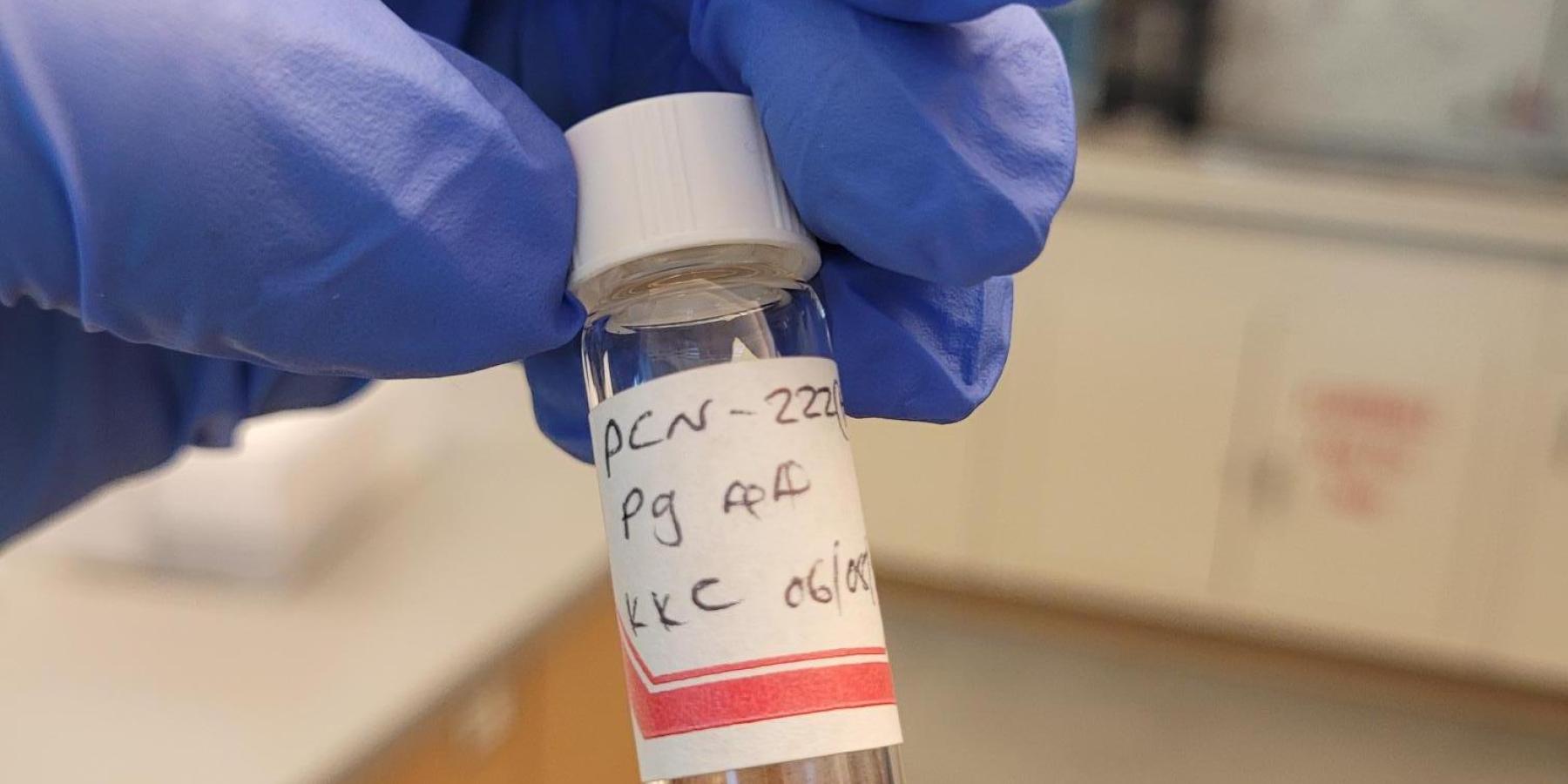
Support
Azo dyes are one of the most popular synthetic dyes used in the textile industry. An estimated 900,000 metric tons of dyes are produced annually and more than 70% belong to the azo group. Despite the textile industry playing a significant role in the economies of many countries, they are a source of hazardous environmental pollutants. The World Health Organization has reported that about 17~ 20% of the industrial water pollution is due to the dying treatment in textile industries. About 80% of the azo dyes are used for dying purposes and have a great affinity to water. Therefore, about 10 –15% of the dyes are lost through the discharged waste materials into the environment without binding to fiber. The effluent contains hazardous chemicals such as reactive dyes, synthetic azo dyes, and other harmful chemicals that pollute the water and cause the loss of environmental balance by altering the pH and changing the organic and inorganic content of the water body.
My research focused on the degradation of methyl orange, as a member of the Azo dye group using electrochemical methods and the sequestration via Metal-Organic Framework, PCN-222.
I found that Methyl orange could be degraded using electrochemical methods such as Bulk electrolysis and electrochemistry experiments. The MOF that I made was able to sequester methyl orange from water and from acidic solutions in 90 seconds and 90 minutes respectively. Having these results was so exciting and rewarding.

